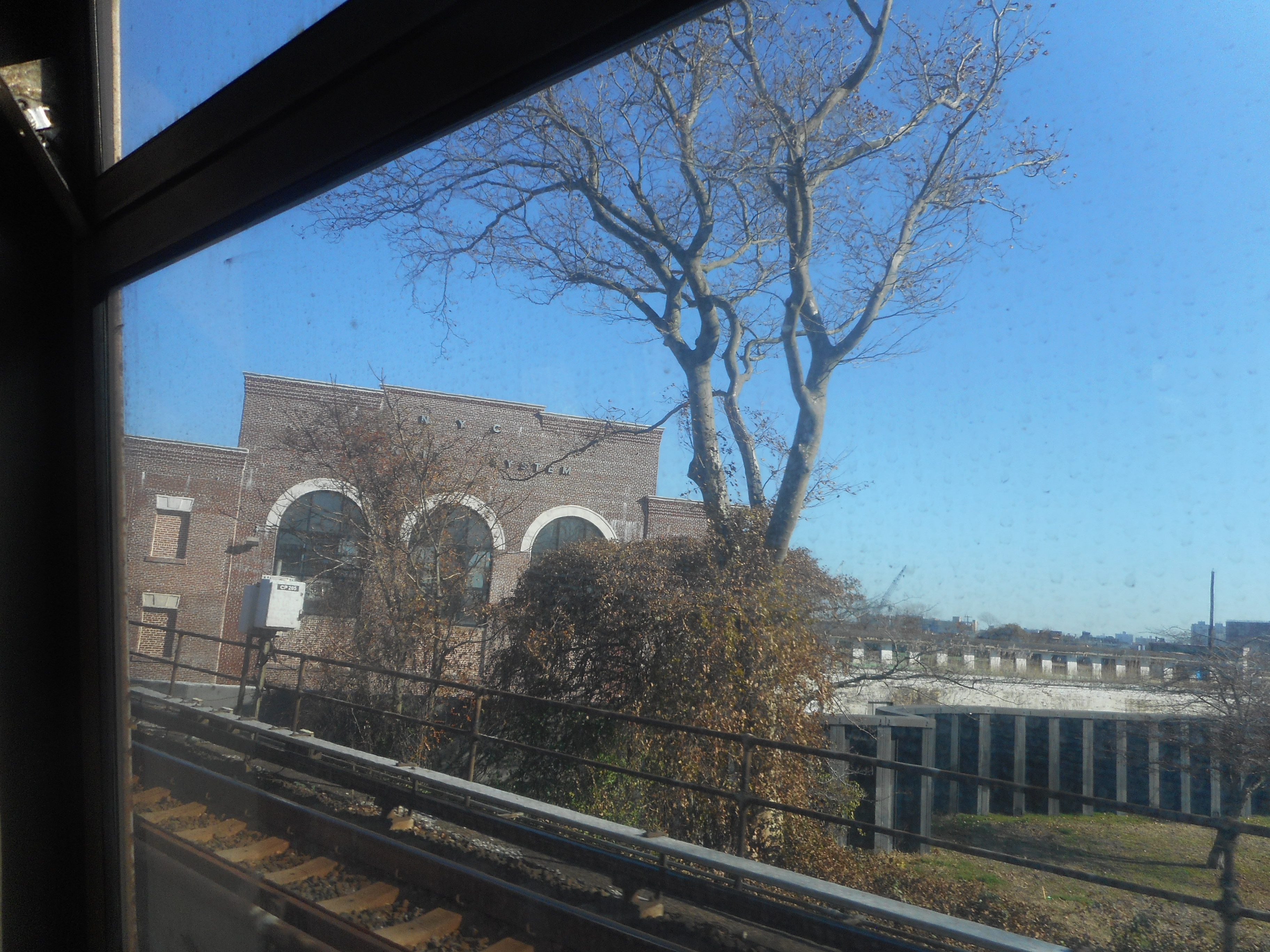|
Brooklyn Elevated Railroad
The Brooklyn Elevated Railroad was an elevated railroad company in Brooklyn, New York City, United States, operated from 1885 until 1899, when it was merged into the Brooklyn Rapid Transit Company-controlled Brooklyn Union Elevated Railroad. Lines * Lexington Avenue Line, downtown to Cypress Hills * Myrtle Avenue Line, downtown to Ridgewood, Queens * Broadway Line, Williamsburg to Cypress Hills **via incline and Long Island Rail Road Atlantic Avenue Division to Jamaica, Queens; also via New York and Rockaway Beach Railway to Rockaway Park, Queens * Fifth Avenue Line, downtown to Bay Ridge **via incline and Prospect Park and Coney Island Railroad to Coney Island; also via Long Island Rail Road Bay Ridge Branch and Manhattan Beach Division The Manhattan Beach Branch, Manhattan Beach Line, or Manhattan Beach Division was a line of the Long Island Rail Road, running from Fresh Pond, Queens, south to Manhattan Beach, Brooklyn, New York City, United States. It opened in 1877 and 1 ... [...More Info...] [...Related Items...] OR: [Wikipedia] [Google] [Baidu] |
Elevated Railroad
An elevated railway or elevated train (also known as an el train for short) is a rapid transit railway with the tracks above street level on a viaduct or other elevated structure (usually constructed from steel, cast iron, concrete, or bricks). The railway may be broad-gauge, standard-gauge or narrow-gauge railway, light rail, monorail, or a suspension railway. Elevated railways are normally found in urban areas where there would otherwise be multiple level crossings. Usually, the tracks of elevated railways that run on steel viaducts can be seen from street level. History The earliest elevated railway was the London and Greenwich Railway on a brick viaduct of 878 arches, built between 1836 and 1838. The first of the London and Blackwall Railway (1840) was also built on a viaduct. During the 1840s there were other plans for elevated railways in London that never came to fruition. From the late 1860s onward, elevated railways became popular in US cities. The New York Wes ... [...More Info...] [...Related Items...] OR: [Wikipedia] [Google] [Baidu] |
New York And Rockaway Beach Railway
The Rockaway Beach Branch was a rail line owned and operated by the Long Island Rail Road in Queens, New York City, United States. The line left the Main Line at Whitepot Junction in Rego Park heading south via Ozone Park and across Jamaica Bay to Hammels in the Rockaways, turning west there to a terminal at Rockaway Park. Along the way it connected with the Montauk Branch near Glendale, the Atlantic Branch near Woodhaven, and the Far Rockaway Branch at Hammels. After a 1950 fire, the Jamaica Bay bridge was closed and the line south of Ozone Park sold to the city, which rehabilitated the portion south of Liberty Avenue and connected it to the New York City Subway system as the IND Rockaway Line. The portion north of the subway connection was closed in 1962, and three proposals exist for the reuse of the line. Operations Early history The New York, Woodhaven and Rockaway Railroad was incorporated on March 21, 1877 Interstate Commerce CommissionValuation Report: New Y ... [...More Info...] [...Related Items...] OR: [Wikipedia] [Google] [Baidu] |
Railroads On Long Island
Rail transport (also known as train transport) is a means of transport that transfers passengers and goods on wheeled vehicles running on rails, which are incorporated in Track (rail transport), tracks. In contrast to road transport, where the vehicles run on a prepared flat surface, rail vehicles (rolling stock) are directionally guided by the tracks on which they run. Tracks usually consist of steel rails, installed on Railroad tie, sleepers (ties) set in track ballast, ballast, on which the rolling stock, usually fitted with metal wheels, moves. Other variations are also possible, such as "slab track", in which the rails are fastened to a concrete foundation resting on a prepared subsurface. Rolling stock in a rail transport system generally encounters lower friction, frictional resistance than rubber-tyred road vehicles, so passenger and freight cars (carriages and wagons) can be coupled into longer trains. The rail transport operations, operation is carried out by a ... [...More Info...] [...Related Items...] OR: [Wikipedia] [Google] [Baidu] |
Transportation In Brooklyn
Transport (in British English), or transportation (in American English), is the intentional movement of humans, animals, and goods from one location to another. Modes of transport include air, land (rail and road), water, cable, pipeline, and space. The field can be divided into infrastructure, vehicles, and operations. Transport enables human trade, which is essential for the development of civilizations. Transport infrastructure consists of both fixed installations, including roads, railways, airways, waterways, canals, and pipelines, and terminals such as airports, railway stations, bus stations, warehouses, trucking terminals, refueling depots (including fueling docks and fuel stations), and seaports. Terminals may be used both for interchange of passengers and cargo and for maintenance. Means of transport are any of the different kinds of transport facilities used to carry people or cargo. They may include vehicles, riding animals, and pack animals. Vehicles may inc ... [...More Info...] [...Related Items...] OR: [Wikipedia] [Google] [Baidu] |


